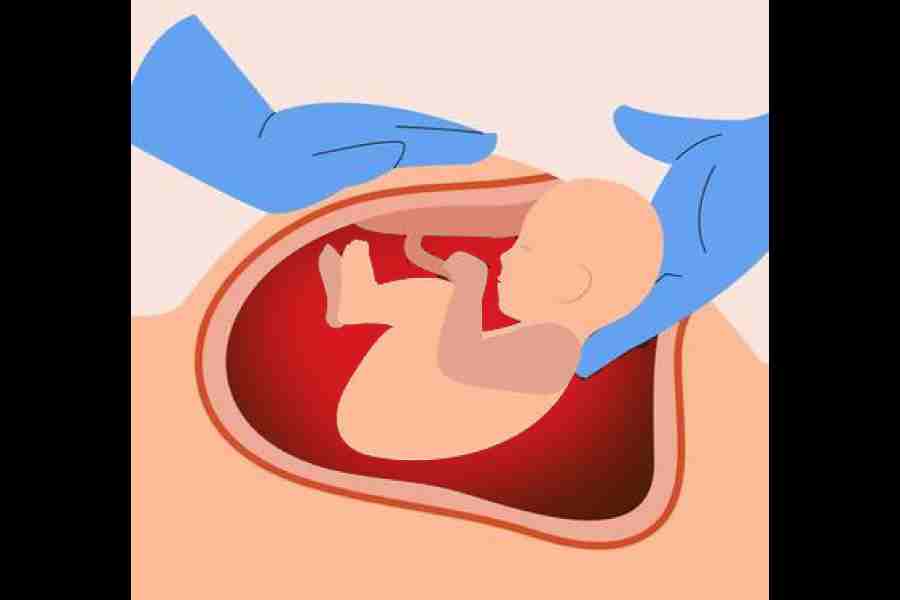India’s Caesarean delivery (CD) rate of 21.5 per cent masks geographical disparities and wealth-linked inequities such as the highest rates in women from the wealthiest households and the lowest rates in women from the least affluent households, new research has revealed.
The study has found the highest CD rate of 50 per cent — one in every two deliveries — in women from the richest quintile households giving childbirth in private hospitals, compared with 33 per cent when the richest women had babies in government hospitals.
The CD rate was 25 per cent among the poorest quintile in private hospitals, but only 7 per cent — over three-fold lower — when the poorest women delivered babies in government hospitals, the researchers said after analysing data from a nationwide health survey conducted in 2020-21.
The data show that women from both high-income and low-income households have higher CD rates in private facilities than in government hospitals. And the average CD rate is 47.5 per cent in private and 14 per cent in government facilities.
“Our findings underline the need to address twin challenges — curbing overuse while ensuring that Caesarean delivery is available to every woman who requires it for medical reasons,” Priyansh Nathani, a global surgery researcher and the study’s lead author, told The Telegraph.
Caesarean sections improve maternal and newborn survival when complications emerge during pregnancy, and can also lower the risk of incontinence and uterine prolapse. But CDs also come with small risks of harm to the mothers and the newborns. Public health experts assert that CDs done without a medical requirement offer no benefits.
Nathani and his collaborators from academic institutions in India, Norway, Sweden and the US have said their findings highlight the importance of splitting up the CD rates across different sections of populations across the country and within states. Their study was published this month in The Lancet Regional Health: South East Asia.
“An India average of 21.5 per cent, or even the averages for the states, don’t provide a clear picture of the huge disparities within the population,” Nathani said.
The study found disparities across states. Telangana had the highest CD rate of 60.7 per cent, followed by Tamil Nadu (44.9 per cent) and Andhra Pradesh (42.4 per cent). Nagaland had the lowest CD rate of 5.2 per cent. Meghalaya had 8.2 per cent and Bihar,9.7 per cent.
“We need more research to understand, for instance, why CD rates are high in certain locations and certain contexts and why they are low in others,” Nathani said.
The researchers have speculated that barriers to healthcare access, cultural and social factors, and the fear of litigation over potential complications during normal deliveries are among the factors that influence CD rates.
The desire to deliver the child on an auspicious day and a preference for a painless delivery have been documented among the factors contributing to high CD rates. Women involved in daily-wage labour and unable to afford long periods away from work might opt for vaginal deliveries even when CDs are medically recommended.
Among strategies to curb unnecessary CDs, the researchers have recommended periodic audits of CDs within facilities as well as the adoption of WHO guidelines, including mandatory second opinions and efforts to enhance doctors’ awareness of the need to practise evidence-based medicine.











